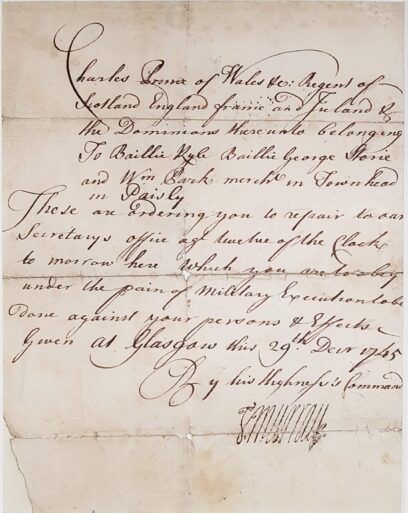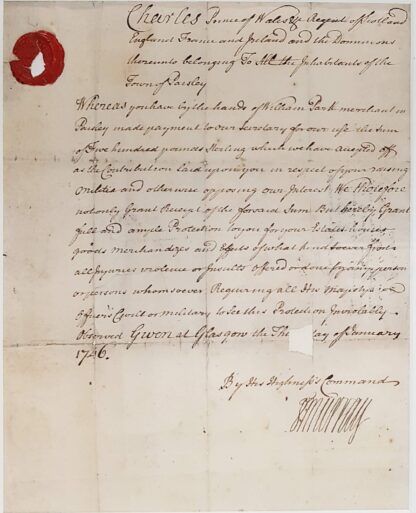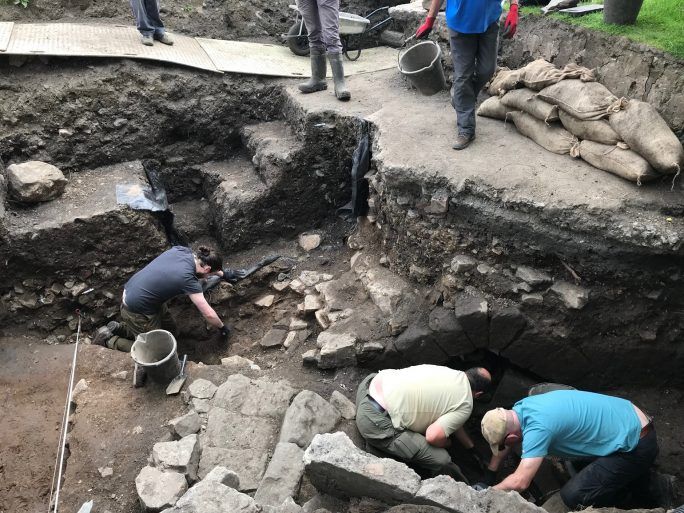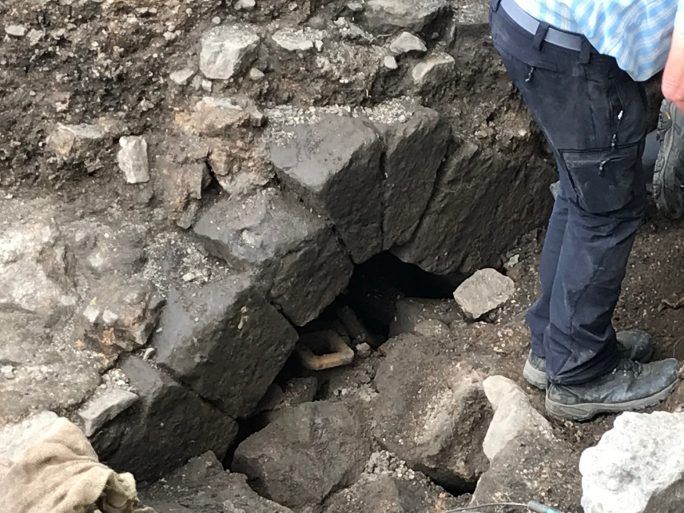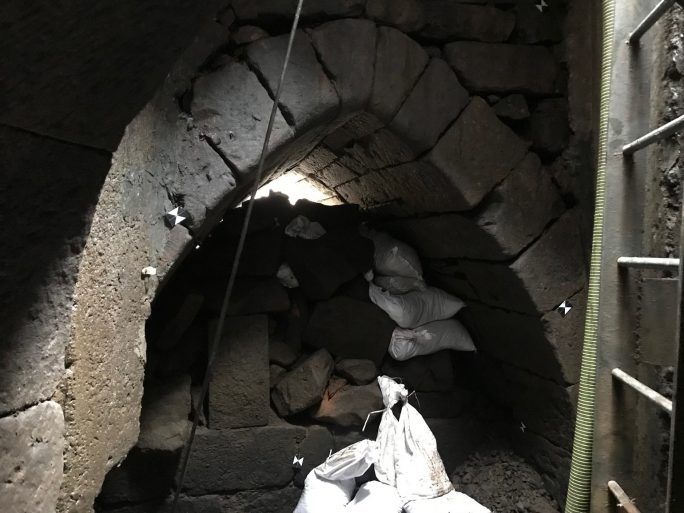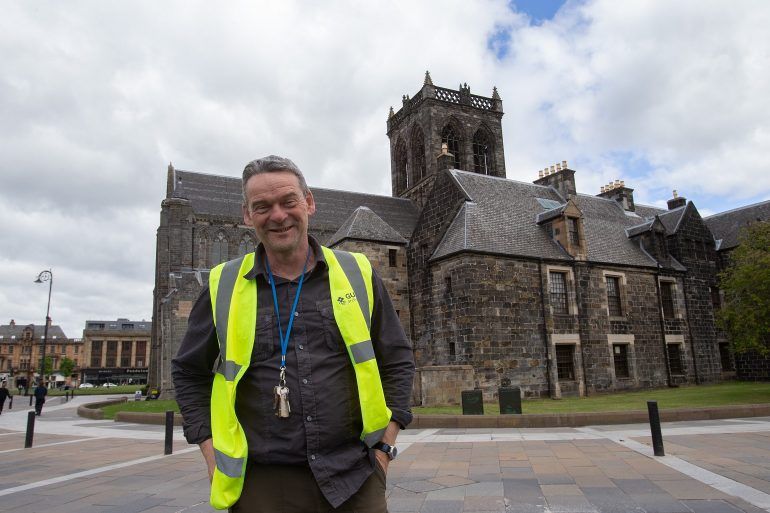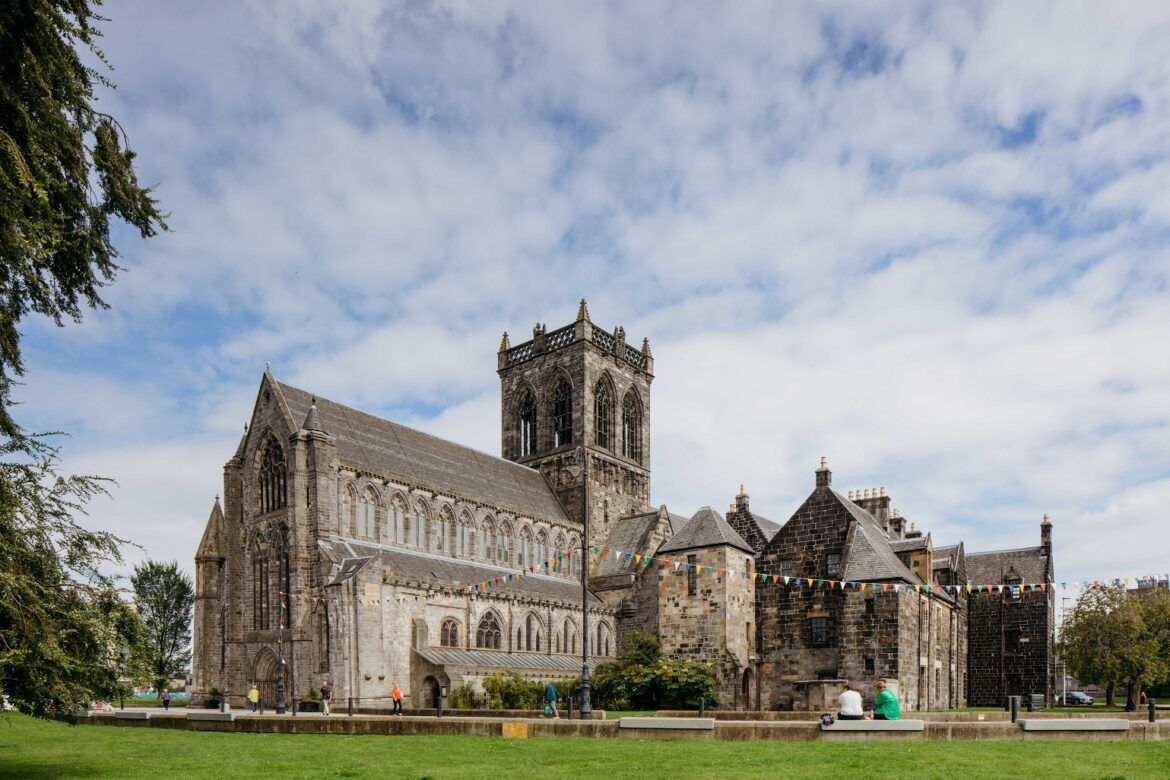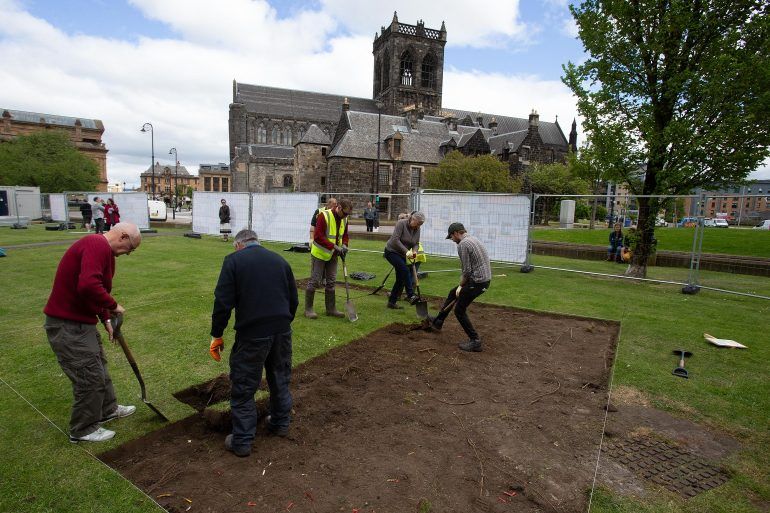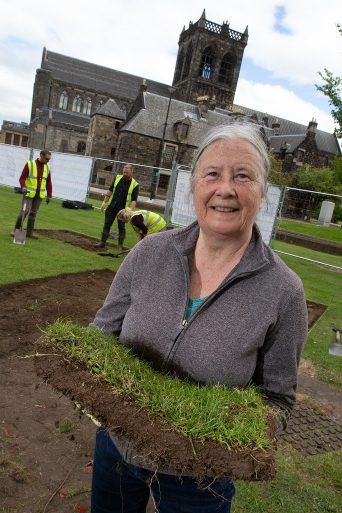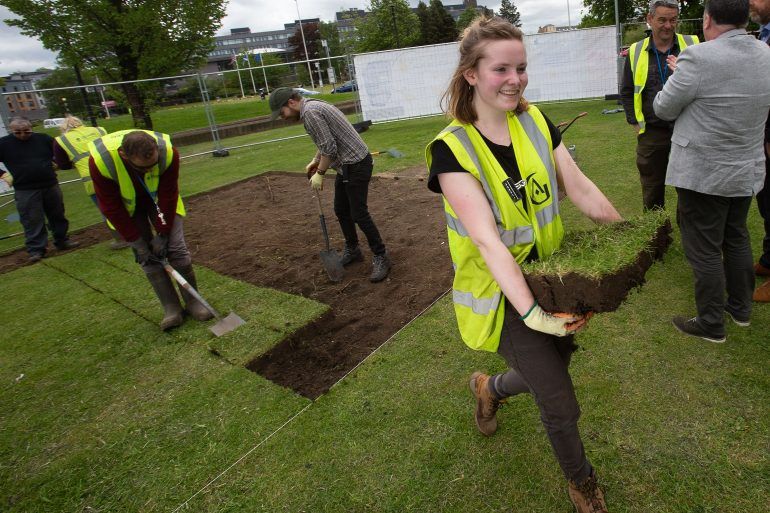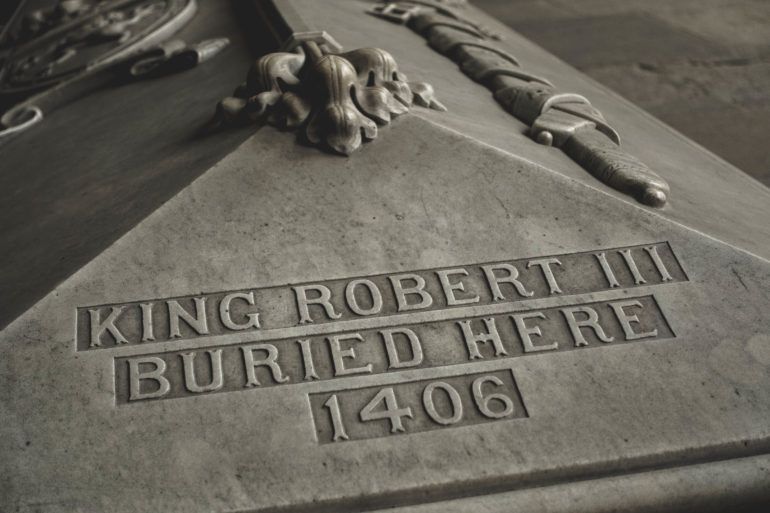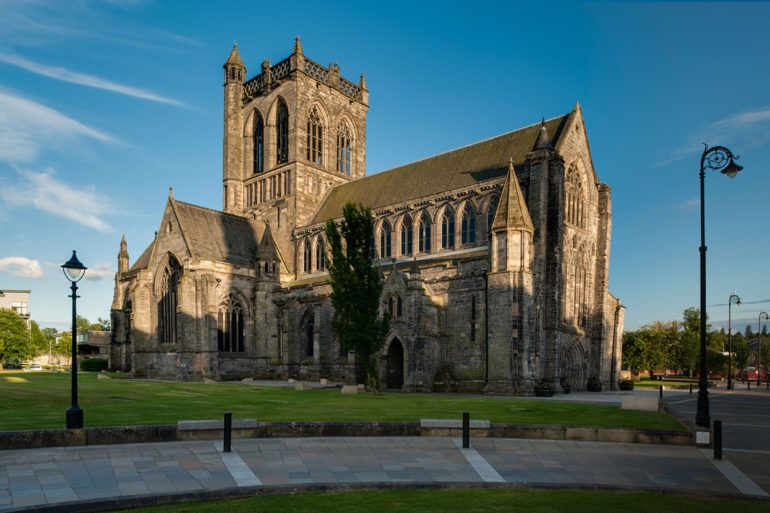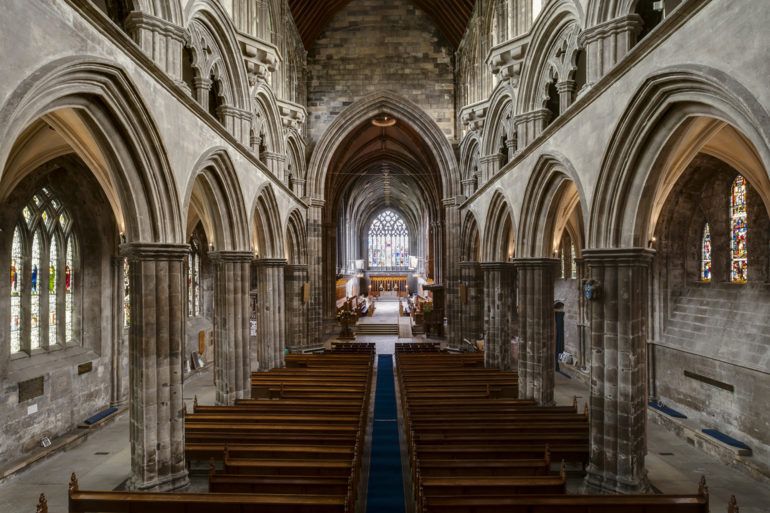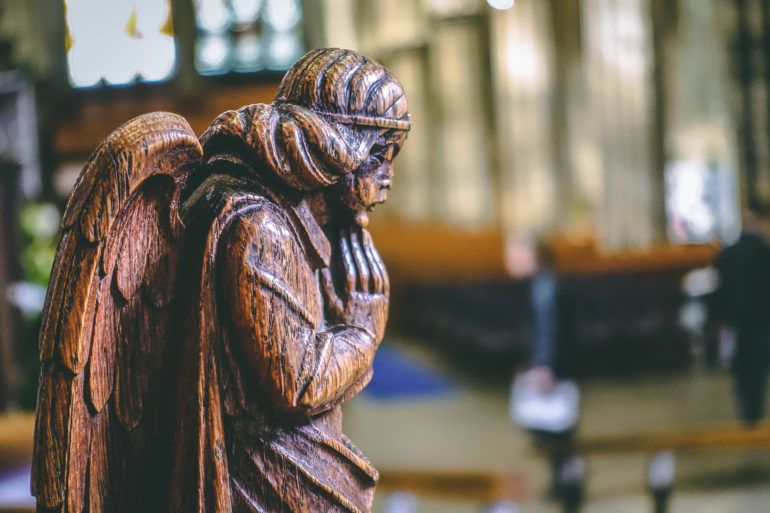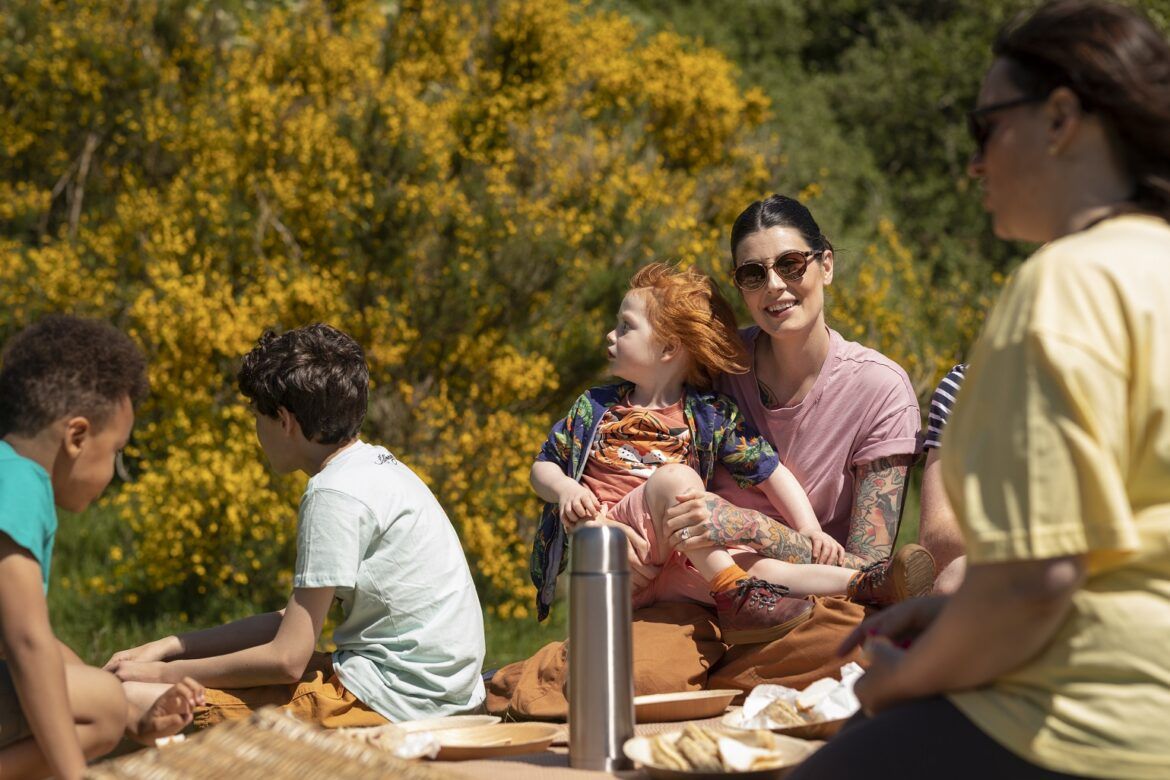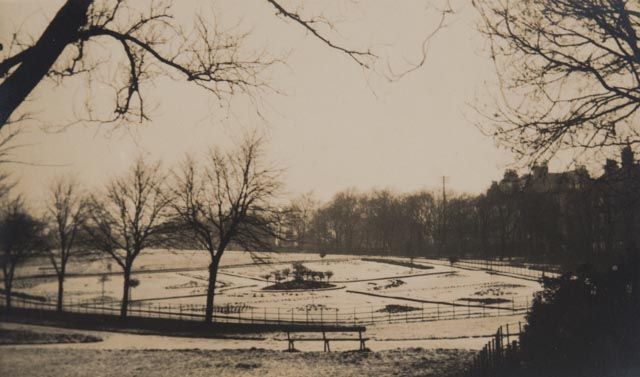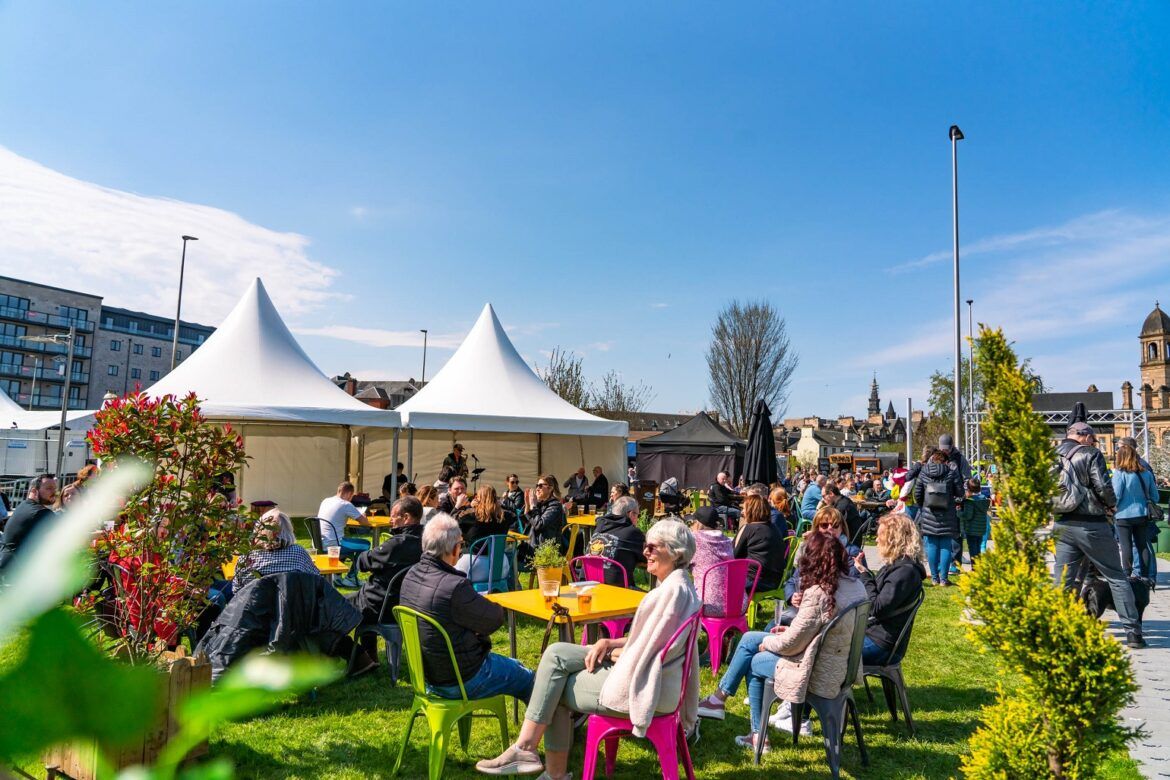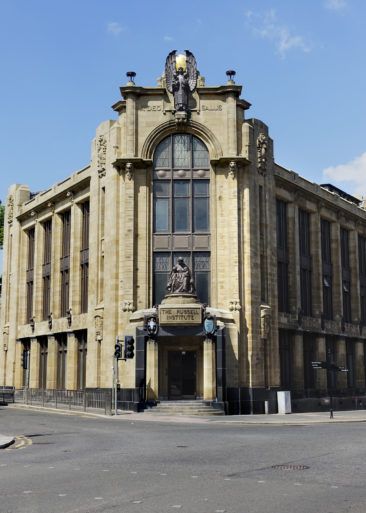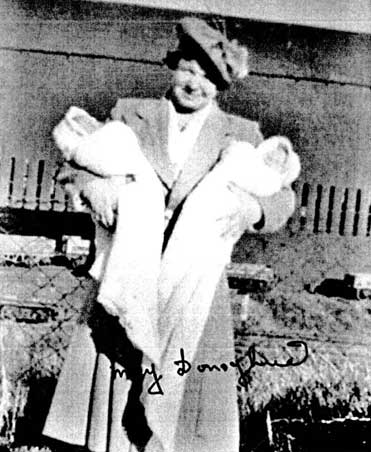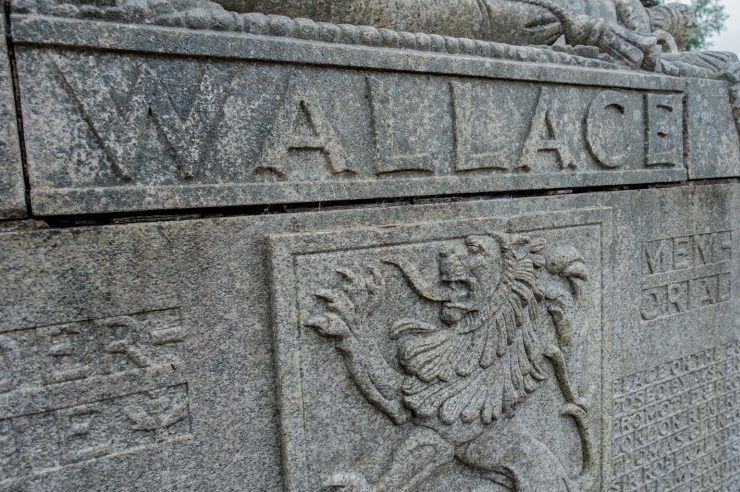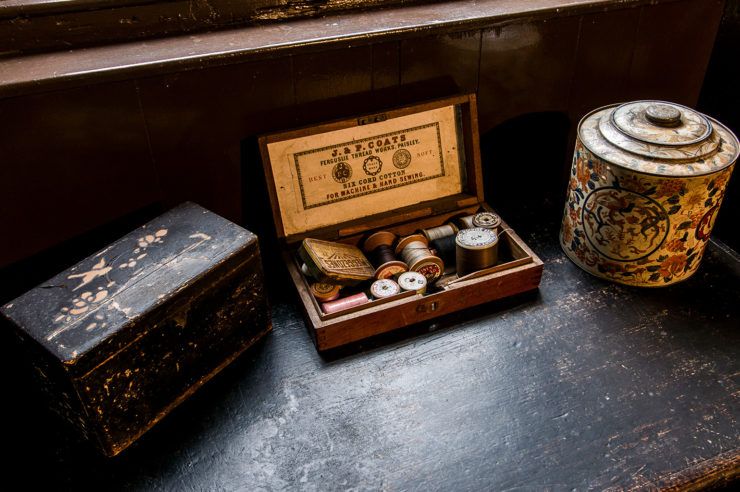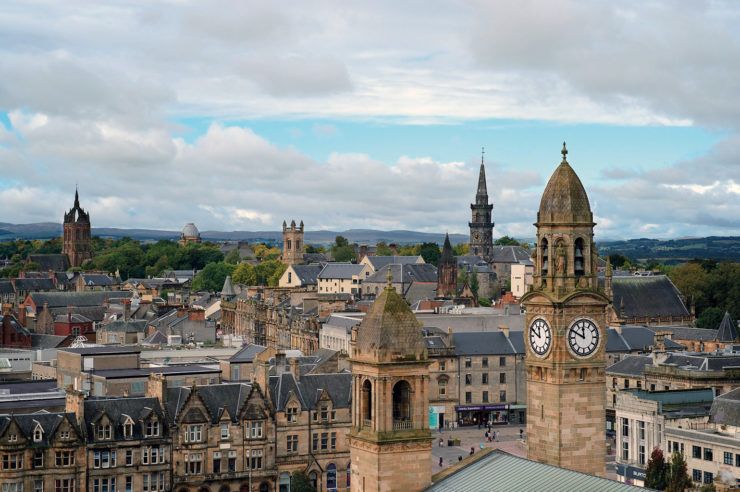On 29 December 1745, exactly 275 years ago to the day, the Jacobites led by Bonnie Prince Charlie issued a summons to the then Paisley Town Council to meet and account for raising a local militia against them.
This summons, along with a receipt from the Prince’s Secretary for a £500 fine paid just five days later by the people of Paisley, will go on display when Paisley Museum reopens following its £42m redevelopment.
Unlike other towns, that were also fined by the Jacobites but later reimbursed, Paisley’s money has never been returned. Glasgow received £10,000 for its loss in 1749, and in 1750 Dumfries was indemnified with £2,800, however every application Paisley made was refused.
Archie Henderson, Social History Research Assistant for Paisley Museum said: “The history of the Jacobites is full of fascinating tales and having the opportunity to reinterpret the museum’s collection, tell new stories and retell old stories in a more engaging way is all part of the museum’s redevelopment. On 30th December this year Bonnie Prince Charlie will celebrate his 300th birthday, so what better time for us to remind people of this part of our town’s history.”
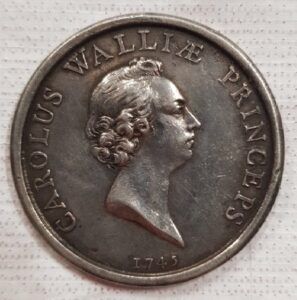
Jacobite Propaganda Medal
Originally, Bonnie Prince Charlie fined Paisley £1,000 and took Bailie Matthew Kyle and former Bailie William Park hostage to ensure the fine was paid. However, this fine was later reduced to £500 providing it was paid in full by the following evening. When the time came, the town only managed to pay £300, and the payment window was extended by 12 hours. At the final hour the remaining payment was made to the Jacobites and a receipt from the Prince’s Secretary John Murray of Broughton was issued.
Henderson goes on to explain: “After the Jacobites were defeated at Culloden, and money started to be repaid to other towns, Paisley Council was advised that they should take John Murray to court, which they did in 1753 and the case dragged on for seven years without success. In 1760 an appeal was launched but again there is no record of any response or positive outcome, so the debt has remained outstanding.”
It is believed that £500 in today’s money would be worth more than £100,000.
The redevelopment of the museum will enable the number of objects on display to be increased by 100%. Significant items from the Jacobite collection that will go on display alongside the summons (dated 29 Dec 1745) and the receipt (dated 3 Jan 1746) include a Culloden sword passed down from the Carlile family; a Jacobite silver medal commissioned by Bonnie Prince Charlie; a painting by David Wilkie (1819) of The Veteran Highlander; and a headstone originally from the grounds of Paisley Abbey commemorating John Orr, one of eight Paisley volunteers killed at the Battle of Falkirk in 1746.
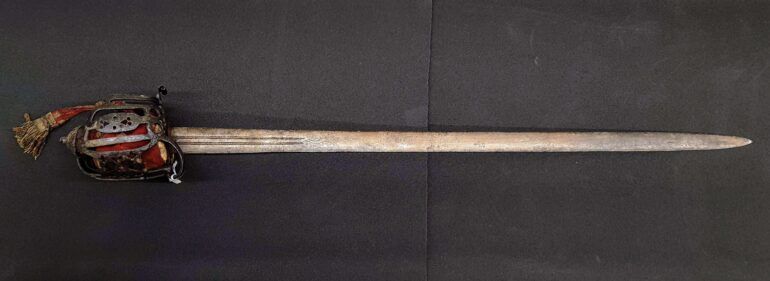
Culloden sword
Paisley Museum is part of the town’s radical regeneration plan, and the redesign of the campus is led by an international team including architects AL_A and exhibition designers Opera Amsterdam. When it reopens it is expected to attract over 125,000 visits each year and provide a £79 million economic boost to the area over the next 30 years.
Councillor Lisa-Marie Hughes, Chair of Renfrewshire Leisure, said: “Paisley’s collections are culturally significant and the museum’s refurbishment is a wonderful opportunity for the town to reinterpret our objects for public display in a way that is engaging and meaningful to visitors. It is also a real tribute to our curatorial teams past and present, that our objects are still in such good condition, and are able to illustrate the area’s rich culture and the people’s story.”
Paisley Museum Reimagined is supported by Renfrewshire Council, the National Lottery Heritage Fund and the Scottish Government’s Regeneration Capital Grant Fund. The museum’s final phase of fundraising is now under way, with the museum website reimagined.paisleymuseum.org showcasing the project’s ambitious vision.
